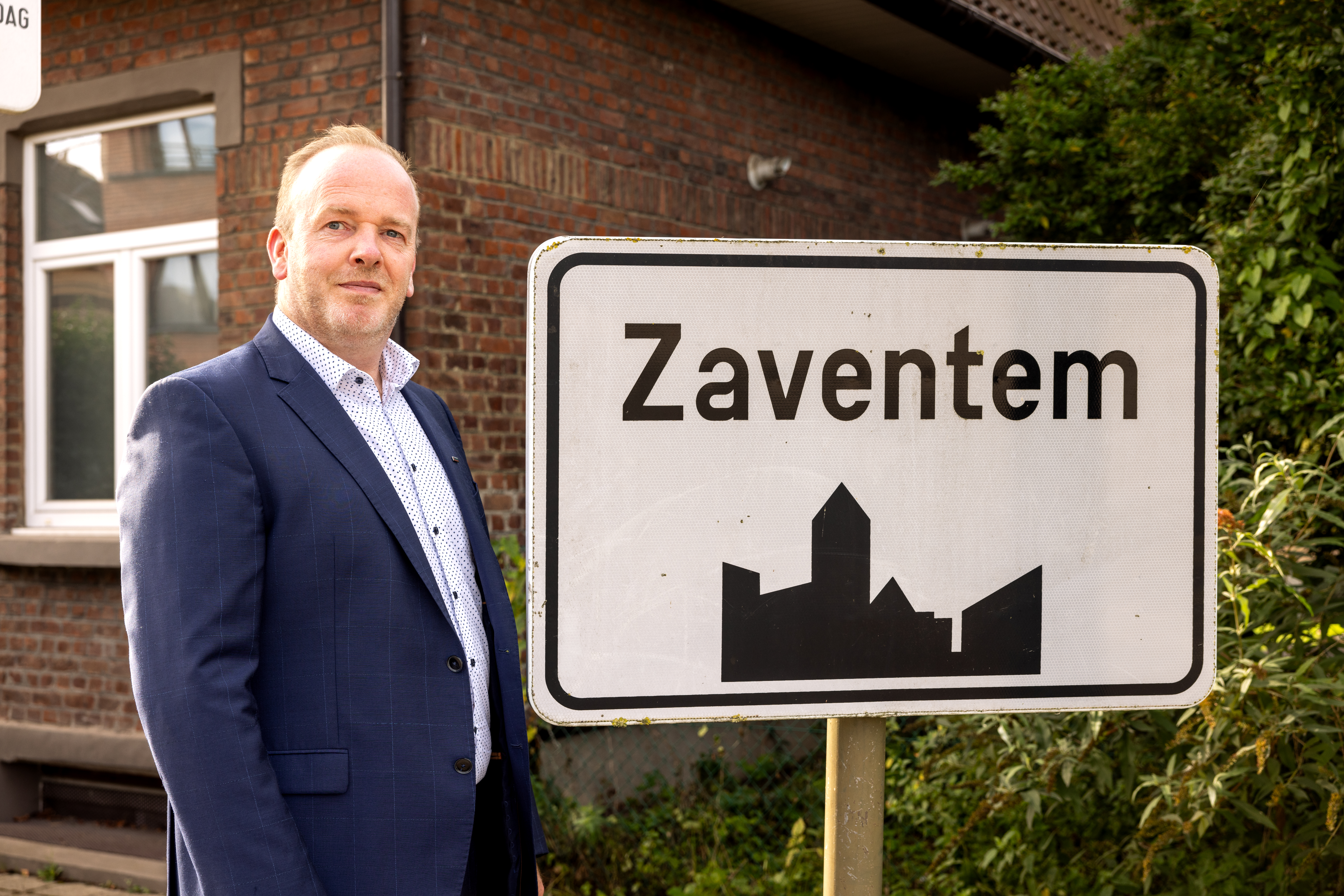To get a clear view of the financial situation of the local authorities in Flanders, BDO’s Public Sector team conducted a benchmark on the basis of the 2021 and 2022 annual accounts, which were drawn up according to the principles of the Policy and Management Cycle (Beleids en Beheerscyclus, BBC).
Nine of the 300 local authorities did not submit their financial statements to BDO on time, so we included the figures for 291 local authorities in our report. This analysis, which is structured by province, shows the relationship between the Flemish provinces for 9 key figures (see box).
In 2022, Flanders had a population of 6,698,870 spread over 300 local authorities. With 1,856,288 and 1,514,399 inhabitants respectively, the provinces of Antwerp and East Flanders account for more than half of this population. However, this provides a somewhat distorted picture, due to the predominance of their provincial capitals.
Remarkably, 220 of the 291 local authorities that submitted their figures (i.e., 76%) have fewer than 25,000 inhabitants. West Flanders has the most local authorities with fewer than 15,000 inhabitants, while Antwerp tops the ranking of local authorities with between 15,000 and 25,000 inhabitants.
Highlights
BDO’s benchmark report shows that, in 2022, the accumulated budgetary result (read: the available funds per inhabitant) decreased by 6%, to €515 per person. In 2021, this was still €552. Seventy-two local authorities have an accumulated budgetary result of more than €1,000 per capita, with a dozen of them even exceeding €2,000. Seventeen local authorities have an accumulated budgetary result of less than €100 per capita.
In 2022, the self-financing capacity fell by €53 per capita to €112. This means that €112 per Flemish person can be invested without the need for external funding.
A positive trend is that local authorities are increasingly working on implementing their investment plans (including mobility projects and making government buildings climate-neutral). Expressed in figures, we see that, on a budget of €551, €352 was invested per Flemish person. This comes down to a realisation rate of 55%, which is the highest in recent years (for comparison, this was 53% in 2021). Increasing this realisation rate is something that needs to be worked on – although the local authorities also need to be vigilant about keeping their debt ratio within limits.
For the purpose of financing investments, the outstanding loan debt increased by 3.7% in 2022 (to over €8 million, or €1,229 per Flemish person). A total of 135 local authorities have a debt of more than €1,000 per inhabitant. Twenty-four local authorities are even indebted by more than €2,000 per person.
As in business, the well-known liquidity ratio is an important parameter for measuring an organisation’s financial health. If you want to be able to use short-term receivables and savings reserves to meet short-term debts, this parameter must be greater than 1. Our benchmark study shows that 261 out of the 291 local authorities (90%) have a ‘good’ liquidity ratio. Eighty-nine local authorities even have a ratio that is ‘too good’: i.e., more than 3. For 30 local authorities, this parameter is below par: they must pull out all the stops to achieve healthier financial management.
Conclusion
The figures from our study show that the financial health of the Flemish local authorities is under pressure. The downward spiral is being heavily influenced by volatile economic and labour market factors. In particular, the energy crisis - with tariffs skyrocketing again in recent months - and rising labour costs are having a significant impact. Therefore, a clear view of the available financial buffers and realistic investment planning are indispensable for developing a well-founded and feasible multi-year plan.
